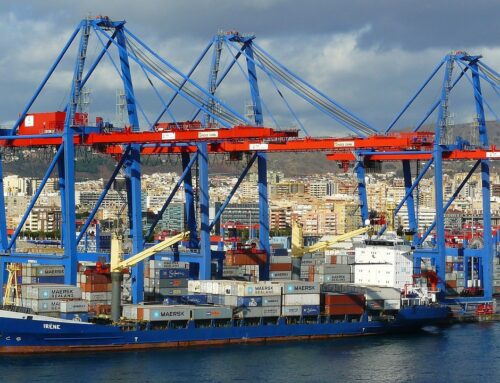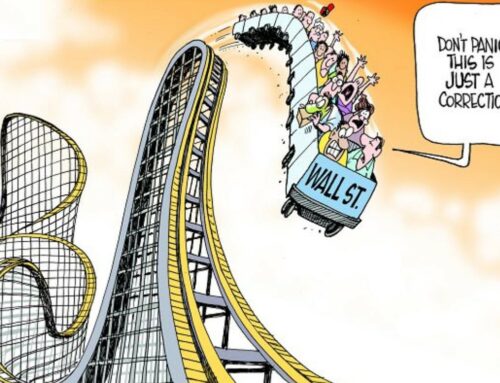On August 7, Yellow Corporation declared bankruptcy.
This was a sad day, marking the end of an era. Yellow, which was founded nearly 100 years ago, grew to become one of the world’s largest trucking companies. Even on the day of its Chapter 11 filing, Yellow was the third-largest less-than-truckload (LTL) carrier in the United States. Just a year ago, Yellow generated $5.3 billion of revenue, and operating income of $198 million.
How did this happen so suddenly?
Yellow’s Battles
Yellow confronted three core challenges.
First, Yellow built a trucking giant on the basis of acquisition-led growth. The business began with humble roots, when the Harrell brothers created Yellow Freight Transit Lines to support oil exploration in Oklahoma City. It expanded through a string of deals, including the purchases of Roadway, USF, Shanghai Jiayu Logistics, and a host of others. But these acquisitions were not all successful. Some, like the Chinese logistics business, were ultimately sold. Others, like the Roadway merger, were not initially integrated. The reasons have everything to do with the second challenge: labor.
Second, Yellow struggled with the constraints of a unionized workforce. Yellow’s labor was unionized by the Teamsters. As a result, the company spent a tremendous amount of its time battling the Teamsters on a host of issues, ranging from not just money to job classifications, work rules, ability to use part-time employees and relationships with logistics companies.
Third, Yellow was heavily over-levered. Its financial woes mounted. In 2008, the company lost $974 million. In 2009, Yellow convinced its lenders to trade $470 million in debt for 94% of the company’s equity. In 2010, the stock price plunged over 80%. In 2011, the company restructured and wiped out its equity. Yellow managed to continue to access the capital markets. In 2020, Yellow (by then called YRC Worldwide) secured $700 million from the U.S. Department of Treasury. Nevertheless, the company burned through its funds.
In the end, Yellow and the Teamsters engaged in a battle to the death. The entities endured hardball negotiation, litigation, and numerous threats. Meanwhile, nervous shippers began to divert freight. Much like a run on the bank, customer fear spiraled. By August, it was clear that the company could not survive. The bankruptcy filing marked a sad ending. And nearly 30,000 Yellow employees lost their jobs, including more than 20,000 Teamsters.
Key Implications
What are the lessons learned?
One core takeaway is that 21st-century companies need flexibility. Firms that lack adaptability will simply be unable to compete with more nimble competitors. While unionized LTL carriers like Yellow struggled, new models in asset-light LTL and brokerage like Forward Air, Omni Logistics, XPO, and Echo Global Logistics are gaining share.
Another lesson is that not all acquisitions succeed. Yellow’s purchase of Roadway and USF could have added value had they been integrated swiftly. But the slow integration led to the creation of parallel networks, which prevented the company from achieving vital synergies. Meanwhile, adding high leverage levels to a cyclical, capital-intensive business like trucking saddled the business with a dangerous level of risk.
A final observation is that in the supply chain sector, value is migrating from trucking to tech-enabled services. If you look at market value growth, the biggest gains have come in logistics (e.g. XPO), software (e.g. WiseTechGlobal) and ecommerce (e.g. Amazon). Indeed, this is why we at Cambridge Capital have looked to invest in companies with these characteristics. If you look at the Cambridge portfolio, you’ll see companies like GreenScreens.ai, ReverseLogix, Parcel Perform, Boa, byrd, Everest Transportation, Bringg, Liftit and others. Clearly we can’t guarantee how these companies will perform in the future, and it would be hubris to think otherwise. But we think it helps to pick sectors with tailwinds.
In closing, the most successful companies will be those that continue to evolve, expand, invest, and focus on customer needs.










